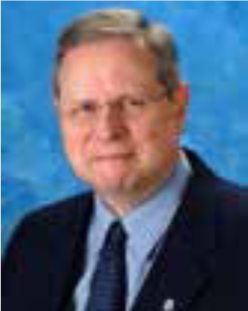Article

In 2015, the ADA Council on Dental Practice's Dental Wellness Advisory Committee, in conjunction with the ADA Health Policy Institute, conducted a survey to study the well-being of dentists. The survey covered a variety of factors including medical conditions, stress, job and life satisfaction, addictions, workplace safety, responsibilities at work and home and effect of health on work. Using the results, the ADA plans to design more effective educational programs.1,2
Surveys were anonymously mailed to a random sample of 7475 professionally active licensed dentists, which included general practitioners and specialists and ADA members and non-members. Reminder postcards and follow-up mailings were also sent. A total of 2122 (28%) usable surveys were returned. The purpose of the survey was descriptive; however, some inferential statistical analysis was possible.2
One of the topics covered by the survey was the possible effect occupational noise had on hearing. About one in three (32%) dentists indicated having hearing problems (HP). Dentists ≥40 years old and male were more likely (41%) to report HP than other gender and age groups. Most dentists (61%) felt that their hearing had remained the same after first noticing problems, while 37% thought their hearing had worsened and 13% stated that their hearing had improved.
Only 4% of dentists used hearing protection. Of the dentists reporting HP, only 10% used a hearing aid. Most (63%) dentists had not sought the services of an audiologist.2
Hearing problems can be involved with other health issues. When asked if they agreed with the statement ‘it would be difficult for me to seek help because I think I should be able to solve my own problems’, almost half the dentists (49%) stated that they did. Dentists that resisted evaluation or treatment were more likely to have HP. Difficulty with hearing can be related to higher rates of work-related stress, having higher depression indicator scores while not reporting a depression diagnosis, and having undiagnosed chronic pain that affected work.2
A national health survey indicated that about 15% of Americans, who were 18 years of age and older, have some HP, with men more likely than women to report having hearing loss.3 Occupational hearing loss is one of the most common work-related illnesses in the United States. Each year, about 22 million American workers are exposed to hazardous noise levels at work. Over 30 million are exposed to chemicals, some of which are harmful to the ear (ototoxic) and hazardous to hearing. In addition to damaging worker quality of life, occupational hearing loss carries a high economic price to society.4
To decrease the risk of developing noise-related HP, dentists should implement preventive measures. This could include judicious use and maintenance of rotary equipment, minimizing or isolating noisy laboratory procedures, reducing ambient noise levels and use of personal protection equipment, such as ear plugs. Regular annual audiometry check-ups could help detect hearing loss before impairment occurs.

